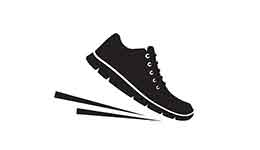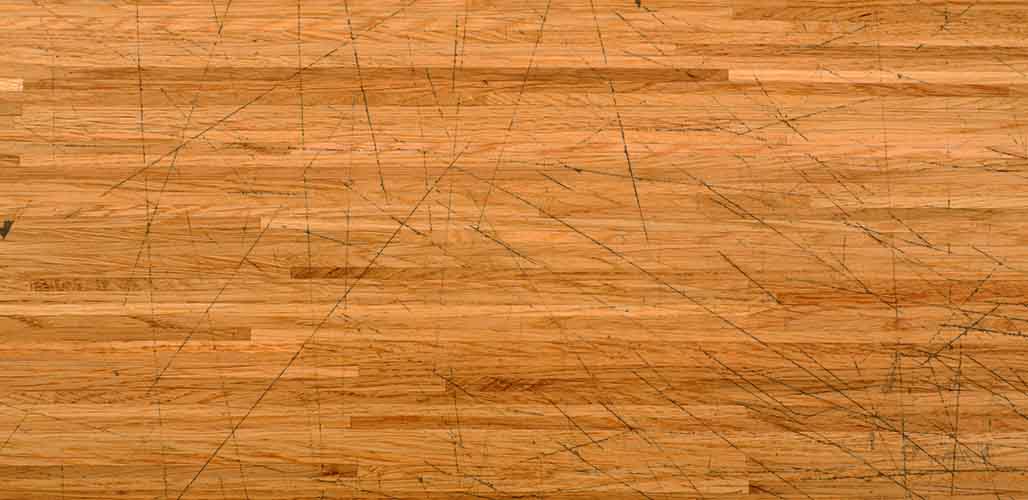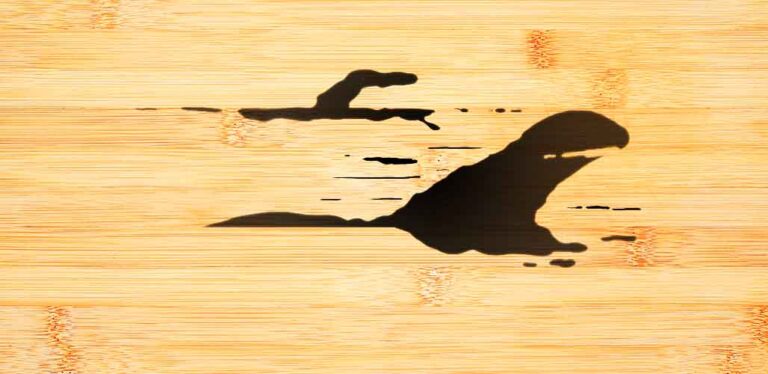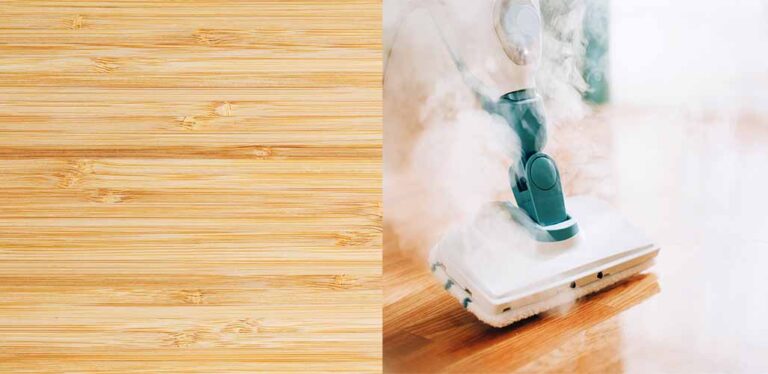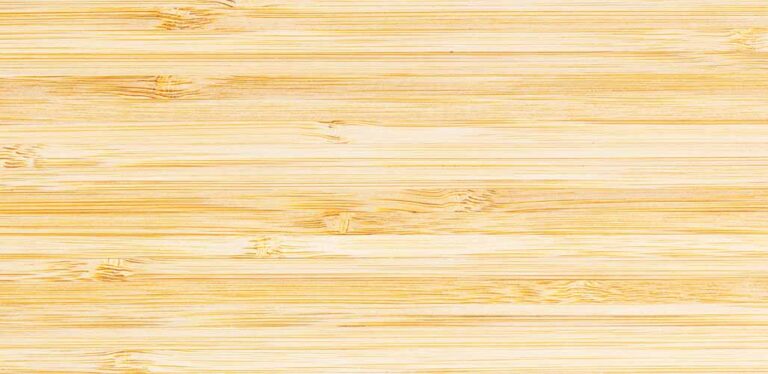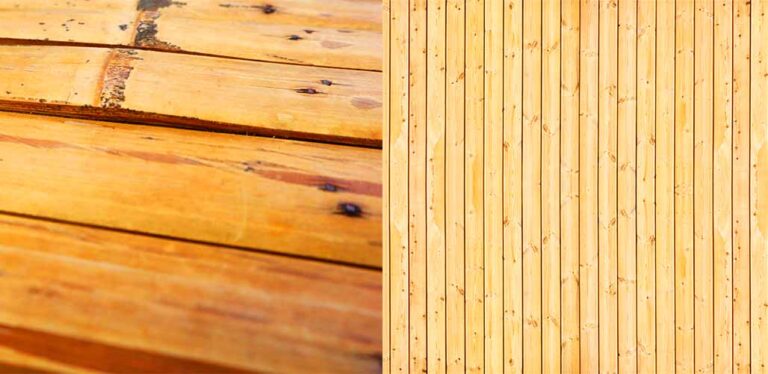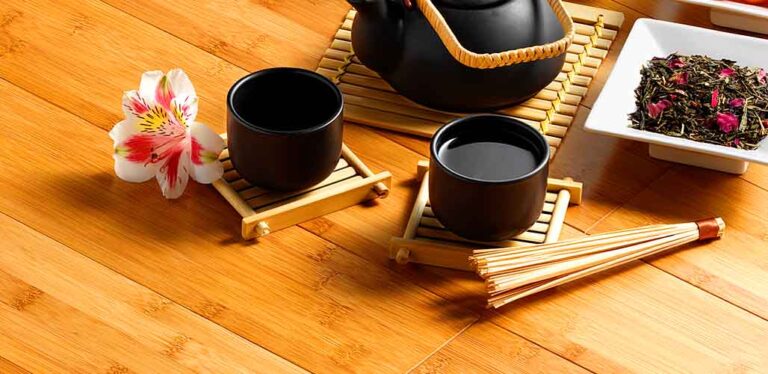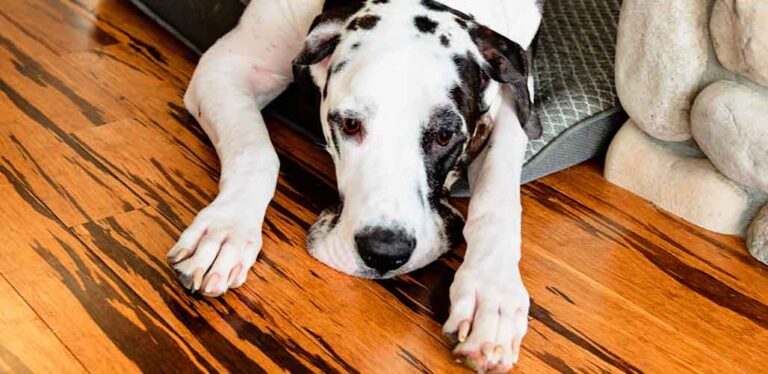Why Does Bamboo Flooring Scratch Easily?
Why does bamboo flooring scratch easily? I hate spending time and money on new flooring only to have it quickly look worn and damaged. Bamboo flooring can give any space an updated, modern look at a low cost. But, one of the major downsides to bamboo flooring is how easily it scratches. Today, I’ll take a closer look at why bamboo floors scratch so easily and how you can prevent or repair these marks to keep your flooring looking fresh and shiny.
Contents
- Why does bamboo flooring scratch so easily?
- What is bamboo flooring made of?
- Finding high quality bamboo flooring
- How to fix scratches on bamboo flooring
- How to prevent scratches on bamboo flooring
- Pros and cons of bamboo flooring
Why Does Bamboo Flooring Scratch So Easily?
Being a mom of two young kids and a pet owner, my biggest concern is the daily wear and tear on flooring. Especially in high-traffic areas of our home like the kitchen and the living room. So, before placing bamboo floors in these areas, it’s important to know that the way bamboo flooring is processed affects its strength.
For example, strand-woven bamboo is stronger and more resilient than traditional bamboo. And the finish also makes a huge difference in its durability. Because of the sudden popularity of bamboo flooring in recent years, the market has been flooded with products that are of substandard quality. And these low-quality flooring options are more at risk for moisture-related problems and scratching.
What is Bamboo Flooring Made Of?
Bamboo flooring has been used in Japan for hundreds of years, but it didn’t become available on the international market until the 1990s. Since then, it has grown in popularity.
One of its major appeals is its strength and durability. Bamboo flooring can support many times its weight. It’s even stronger than hardwood floors! Because it is nearly unbreakable, buyers are often able to get up to a 25-year warranty on their bamboo flooring. And although it looks and feels like wood, bamboo is actually a giant grass. This makes it more resistant to moisture and spills, giving it a point for being even more family-friendly. (Dog bowl spills? No problem!)
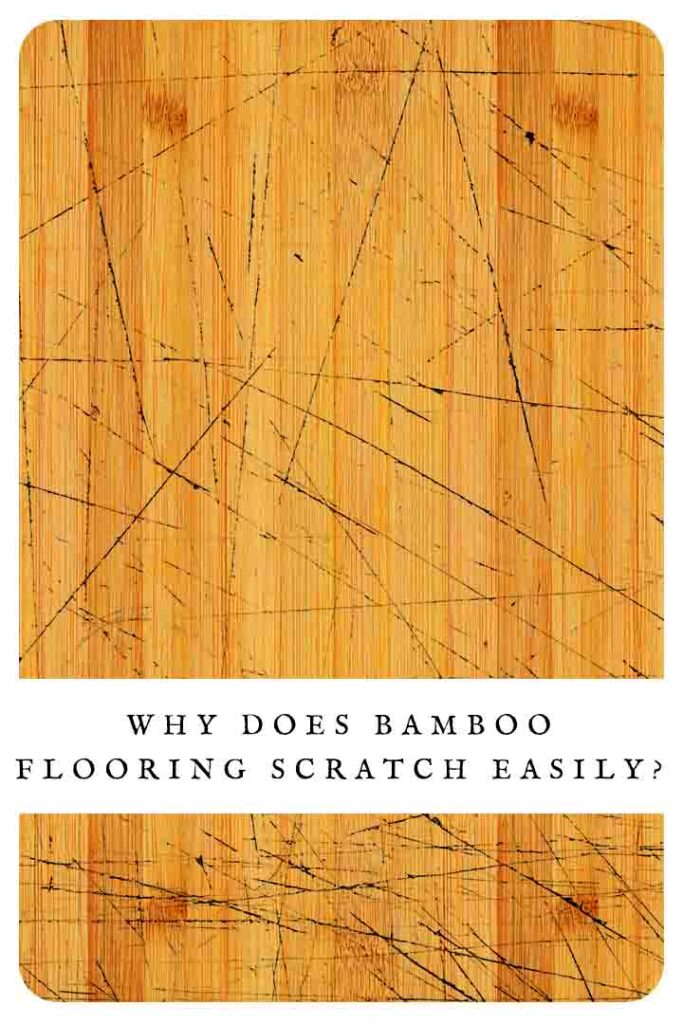
Not only does bamboo flooring look beautiful, but the installation is relatively easy. Some homeowners could even install it themselves. The materials are also often found at a lower cost than comparable flooring, such as hardwood or laminate flooring. The added benefit is that bamboo flooring is eco-friendly. Bamboo rejuvenates and grows at a much faster rate than hardwood sources, making it much more sustainable and available. But, as we already know, not all bamboo flooring is equal.
Finding Higher Quality Bamboo Flooring
Because poor-quality bamboo flooring is more prone to scratches, you need to carefully choose a bamboo flooring manufacturer that allows you to avoid cheaper and poorly made flooring.
One option you have is to ask for flooring samples to take home and subject them to your own tests against scratches and dents before installing to make sure they work with your lifestyle of kids, pets, etc. Going shopping with a proper understanding of bamboo flooring can also help you to choose the best quality.
How Scratches on Bamboo Flooring Can be Repaired
Choosing the best quality bamboo flooring is great if you haven’t yet laid your floors, but we don’t all have that luxury. Some of us already have bamboo floors in our homes, and they’re covered in signs of wear and tear. But, there are definitely ways to fix their appearance.
Even though bamboo flooring is more-scratch resistant than laminate or vinyl flooring, it is still susceptible to scratches and marks. Some scratches appear during installation and others are from daily use. Even dog scratches build up over time and make the flooring look worn and unpleasing.
When this happens, most scratches can be fixed without having to hire a professional. Products on the market as simple as bamboo wood filler or bamboo floor putty can be used on the scratches and then a protective sealer can finish repairing the scratch. And much like hardwood floors, bamboo flooring that has been scratched or damaged can be sanded down to look new again. It might take a bit of elbow grease, but it’ll be worth it when your home looks shiny and fresh!
How to Prevent Scratches on your Bamboo Flooring
If possible, it’s a great idea to work to prevent scratches in the first place, which can save you time and work in the future. Bamboo flooring’s durability against scratches really depends on the quality of the flooring’s finish.
To cut costs, some manufacturers will opt for a thin or weaker topcoat finish that leaves the flooring much more susceptible to scratches from furniture, kids’ toys, high heels, and pet claws. It’s recommended that a 10 or higher-coat aluminum oxide sealant be used on bamboo flooring, and that a semi-gloss or Klumpp-brand sealant is even stronger than bamboo that’s been treated with aluminum oxide or a satin coat finish.
The harvesting time of the bamboo can also determine its durability as flooring, sometimes even more than the species or finish of the bamboo. It’s recommended that to get the most durable bamboo, harvesting time should not be less than three years since its first shoots appear.
Proper Cleaning Will Prevent Scratches
The quality and finish of your bamboo flooring isn’t necessarily something you can control or change. For instance, if you’ve moved into a rental property with bamboo floors, or if you didn’t know to check these things when purchasing your floors. But, luckily, proper cleaning can also help to prevent scratches and marking in the long run.
Dirt and grit particles can be some of the biggest causes of scratches. The floors should be swept with a soft broom or dust mop. And it’s a good idea to have mats by all doorways to catch shoe and paw debris before walking on the bamboo flooring.
The pressure of high-heel shoes can leave dents, so they should never be worn on the flooring. And don’t drag furniture across bamboo flooring. Instead, use small pieces of felt or other material under furniture such as chair and table legs. All of this will help protect bamboo flooring from scratches.
Pros and Cons of Bamboo Flooring
Bamboo flooring is a popular choice in a lot of modern homes. But, the fact that it scratches so easily is a major drawback for a lot of people. Particularly when expensive, high-quality bamboo flooring isn’t an option.
On top of this, bamboo flooring is vulnerable to sunlight and can fade significantly in areas where it is exposed. If it isn’t properly treated, your flooring can scratch. And, low-quality planks can shrink in places with high humidity.
Don’t Forget the Benefits!
Though the potential disadvantages of this flooring can be disheartening, it’s not all bad news! It’s important to balance the drawback of bamboo flooring with the many advantages of bamboo flooring. Here are some of the major pros of bamboo flooring:
- Durability
- Longevity
- Rapid renewability
- Modern and clean aesthetic
- Easy to clean up scratches and marks
- Easy to install
This eco-friendly flooring option is one of the hardest floor surfaces available today, making it extremely durable. It’s sustainable, long lasting, easy to install, easy to clean, and according to The DIY Home Planner, it adds visual integrity to a space. So, don’t be put off by the potential for scratches! The benefits definitely outweigh the potential cons, especially if you’re able to choose a high quality option.
Why Does Bamboo Flooring Scratch Easily?
Bamboo flooring is a durable option for your home, but poor quality options can be prone to scratches. Furniture, shoes, pets, kids, and more can mark bamboo floors. But, there are steps you can take to prevent these scratches, and products to help you remove any scratches and marks that have already appeared. Have you found any other great tips for cleaning up your bamboo floors?
More Tips for Bamboo Floor Care
- Preventing Your Bamboo Floor Turning Black
- Top Benefits of Bamboo Flooring
- Why are Bamboo Floors So Slippery?
- Cleaning bamboo floors with a steam mop
References
- Mosley, S. ‘All About Bamboo Plants: (How to Grow a Bamboo Plant)’, Lulu (2013)
- Roberts, J. ‘Good Green Kitchens: The Ultimate Resource for Creating a Beautiful, Healthy, Eco-Friendly Kitchen’, Gibbs Smith (2006)
- Lim, S. ‘Japanese Style: Designing with Nature’s Beauty’, Gibbs Smith (2007)
- Wood, K. ‘The DIY Home Planner: Practical Tips and Inspiring Ideas to Decorate it Yourself’, Harvest House Publishers (2018)
